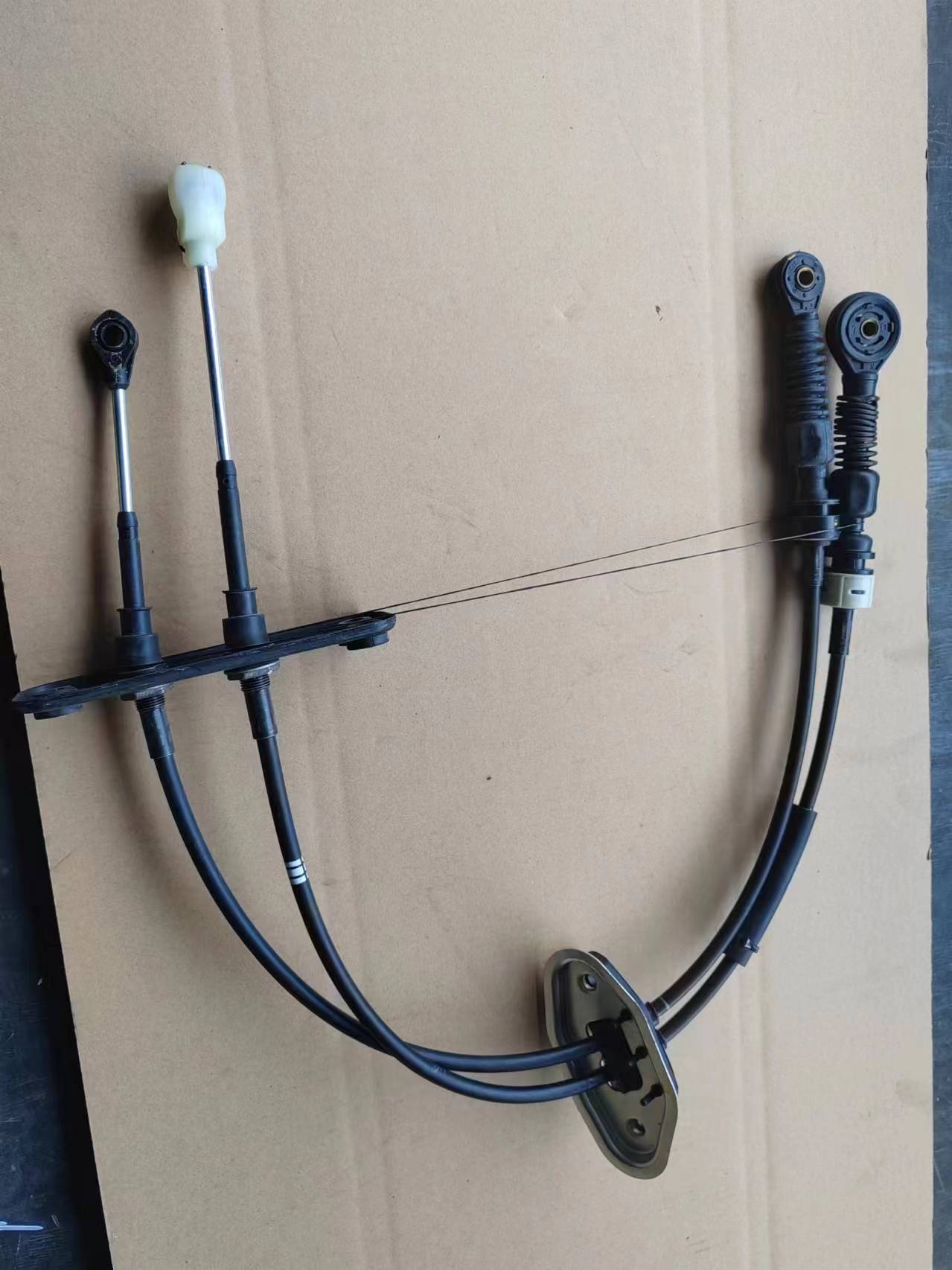manual throttle cable
Understanding Manual Throttle Cables Function and Importance
In the world of automotive engineering and machinery, where efficiency and responsiveness are paramount, the manual throttle cable plays a crucial role. This seemingly simple component is often overlooked but serves as an essential element for controlling engine speed in various vehicles, ranging from cars to motorcycles and even some industrial machines. Understanding the function, design, and maintenance of manual throttle cables can help operators and enthusiasts appreciate their importance in enhancing vehicle performance.
What is a Manual Throttle Cable?
A manual throttle cable is a flexible cable that links the accelerator pedal to the throttle body in an internal combustion engine. When a driver presses the accelerator pedal, the cable transmits this movement to the throttle valve, which in turn regulates the amount of air and fuel entering the engine. This process directly affects the engine's power output and responsiveness. Unlike electronic throttle controls that rely on sensors and electronic signals, manual throttle cables provide a direct mechanical connection, offering a more immediate response to the driver’s input.
Design and Components
The design of a manual throttle cable typically includes several key components
1. Cable Housing A protective sleeve that encases the inner cable, offering support while allowing for smooth movement. 2. Inner Cable This is the flexible metal wire that runs through the housing. When the accelerator pedal is pressed, the inner cable moves, pulling on the throttle lever. 3. Adjustable Fittings These are located at both ends of the cable, allowing for adjustments in tension and length to accommodate different vehicles and driving preferences. 4. End Connectors These attach the cable to both the accelerator pedal and the throttle body, ensuring a secure connection that can effectively transfer movement.
Functionality and Benefits
manual throttle cable

The functionality of manual throttle cables is straightforward yet efficient. As the driver depresses the accelerator pedal, the inner cable pulls the throttle valve open, allowing more air (and fuel) into the engine. This process increases engine speed and, consequently, vehicle acceleration. One of the primary advantages of a manual throttle cable system is its simplicity and reliability. Because it operates mechanically without electronic components, it is less prone to failures associated with electrical systems, such as sensor malfunctions or wiring issues.
Additionally, many enthusiasts prefer manual throttle cables for their tactile feedback. The direct connection provides a more engaging driving experience, allowing for precise control over acceleration, which can be particularly beneficial in performance tuning and racing applications.
Maintenance of Manual Throttle Cables
Proper maintenance of manual throttle cables is essential for ensuring smooth operation and longevity. Here are some key tips for maintenance
- Regular Inspection Check for signs of wear, damage, or fraying. A compromised cable can lead to poor throttle response or complete failure. - Lubrication Apply lubricant to the cable where it enters the housing to reduce friction and prevent binding. Use a lubricant that is suitable for cables and can withstand heat. - Adjustment Ensure that the tension is correctly set. An overly loose cable can lead to unresponsive acceleration, while a cable that is too tight can prevent the throttle from fully closing. - Replacement If significant wear is detected or if the cable has failed, it is vital to replace it immediately to maintain vehicle performance and safety.
Conclusion
Manual throttle cables, while often taken for granted, play an indispensable role in the performance and control of many vehicles. By understanding their function, appreciating their design, and committing to regular maintenance, drivers can ensure that their vehicles remain responsive and enjoyable to drive. Whether for everyday use or performance applications, the manual throttle cable deserves recognition as a critical component of automotive engineering.
-
Workings of Clutch Pipe and Hose SystemsNewsJun.04,2025
-
The Inner Workings of Hand Brake Cable SystemsNewsJun.04,2025
-
The Secrets of Throttle and Accelerator CablesNewsJun.04,2025
-
The Hidden Lifeline of Your Transmission Gear Shift CablesNewsJun.04,2025
-
Demystifying Gear Cables and Shift LinkagesNewsJun.04,2025
-
Decoding Clutch Line Systems A Comprehensive GuideNewsJun.04,2025
